42 fishbone diagram healthcare
This tool contains: Directions for making a Cause and Effect Diagram Cause and Effect Diagram: “Fishbone” Cause and Effect Diagram: Process-Type Copyright © 2004 Institute for Healthcare Improvement 2 Cause and Effect Diagram Directions 1. Write the effect in a box on the right-hand side of the page. 2. Draw a horizontal... Chang, “Evaluation Framework for Telemedicine Using the Logical Framework Approach and a Fishbone Diagram,” Healthcare Informatics Research, Vol. 21, No. 4, pp. 230-238, 2015. P. Nam, A Study on the Fault Tree Analysis Methods for the Security Evaluation of Fintech Payment Systems, Master's Thesis of Pukyong National...
Fishbone diagram in healthcare. Fishbone diagrams are applicable in the medical field for the identification of various inefficiencies such as delays in diagnosis or diagnostic errors. Fishbone diagram in labs. Cause-and-effect diagrams are used to determine the root cause of laboratory issues such as incorrect test results or inefficient ...

Fishbone diagram healthcare
There are a few samples that you see on this page which were created in the ConceptDraw DIAGRAM application by using the Health Informatics solution. Some of the... The Health Informatics solution is available to all ConceptDraw DIAGRAM users to get installed and used while working in the ConceptDraw DIAGRAM diagramming and... [health.state.mn.us/han/] The fishbone diagram example "HAN project" was created using the ConceptDraw PRO diagramming and vector drawing software extended with the Fishbone Diagrams solution from the Management area of ConceptDraw Solution Park. Institute for Healthcare Improvement. A cause and effect diagram, also known as an Ishikawa or "fishbone" diagram, is a graphic tool used to explore and display the possible causes of a certain effect. Use the classic fishbone diagram when causes group naturally under the categories of Materials, Methods, Equipment, Environment, and People.
Fishbone diagram healthcare. A fishbone diagram is a visual way to look at cause and effect. It is a more structured approach than some other tools available for brainstorming causes. The science of improvement on a whiteboard! Robert Lloyd, IHI Vice President, uses his trusty whiteboard to demonstrate key improvement methods and tools. The authors explore how digitizing one of the seven basic quality tools—the fishbone diagram—using mind mapping can significantly improve the tool.(Six Sigma... (PDF) This teaching case study features characters, hospitals, and healthcare data that are all fictional. Upon use of the case study in classrooms or organizations... Fishbone diagram medical better results but to carry an extensive study for patient safety and education, and has proved to be helpful.. To make this step even easier, the best tool/software for producing the fishbone diagram medical is Mind Master. All one has to do is put down the information in a premade template of fishbone.
2. Use a fishbone diagram (also called a cause-and-effect diagram) to identify factors that contribute to less-than-optimal performance on a key performance metric. 3. Conduct a fall-out analysis to determine why individuals did not receive an indicated service. Exercises and Activities To Complete Before, During, and After the Session Fishbone Diagram, also referred as Cause and Effect diagram or Ishikawa diagram, is a fault finding and problem solving tool. Construction of Ishikawa diagrams is quite complicated process and has a number of features. Fishbone Diagrams solution included to ConceptDraw Solution Park contains powerful drawing tools and a lot of examples, samples and templates. The fishbone diagram resembles the skeleton of a fish. To construct this diagram for a quality of care problem, the problem (effect) is written in a box on the far right of the diagram. A central line (spine) is next drawn to the left of the box in which the problem is recorded. Diagonal lines (fish bones) are then drawn coming off the central ... See complete definition data modeling Data modeling is the process of creating a simplified diagram of a software system and the data elements it contains, using text ... See complete definition lights-out management (LOM) Lights-out management (LOM) is a form of out-of-band management.See complete definition
Technological advances using telemedicine and telehealth are growing in healthcare fields, but the evaluation framework for them is inconsistent and limited. This... the evaluation of satisfaction of service providers and consumers, cost, quality, and information security are organized using the fishbone diagram. Results: It... What is a fishbone diagram? A fishbone diagram helps team members visually diagram a problem or condition's root causes, allowing them to truly diagnose the problem rather than focusing on symptoms. It allows team members to separate a problem's content from its history, and allows for team consensus around the problem and its causes. This definition explains fishbone diagram, a cause and effect visualization tool, and when it might be appropriate to create one. •Also known as Cause and Effect Diagram or Ishikawa Diagram •Visually displays multiple causes for a problem •Helps identify stakeholder ideas about the causes of problems •Allows the user to immediately categorize ideas into themes for analysis or further data gathering •Uses the “five-whys” technique in conjunction with the fishbone
Help your audience better understand relationships, structures and complex ideas with these helpful and professional diagram templates.
Download a U of U Health PowerPoint Fishbone Diagram template here. An easy to use tool for conducting a root cause analysis What it is: The fishbone diagram Also referred to as “Ishikawa cause and effect” after Japanese founder and quality control expert Kaoru Ishikawa. is a tool to organize ideas and theories about what causes a problem or an event.
Fishbone Diagram Examples Roberts L, Johnson C, Shanmugam R, et al. Computer simulation and six-sigma tools applied to process improvement in an emergency department. 17th Annual Society for Health Systems Management Engineering Forum; 2005; Dallas, TX; 2005.
The fishbone diagram enables teams to consider why a problem has occurred and search for the root causes. The key driver diagram provides the ultimate aim of the project, identifies the drivers which will affect accomplishing the aim, and the interventions that affect the identified drivers. This paper will carefully examine both fishbone ...
Fishbone diagram in healthcare example. All you need is to find a ready-made template best suited for you from the templates page and within a few minutes you can edit the text and add your desired finishing touches. 4 Examples of a Fishbone Diagram. Lets use a fishbone diagram to graph the possible causes.
A review of the quality of care provided to children and young people with mental health conditions admitted to a general health hospital or mental health facility and an assessment of healthcare utilisation in this group using routinely collected national datasets.There are many organisations providing good quality resources...
Venngage's Fishbone diagram templates let you visualize complex systems with ease. Get started with any of our templates, and access a library of icons, shapes and borders to create your own insigh...
Fishbone (Ishikawa) Diagram (Example) Use of a Fishbone Diagram to explore potential root causes of a public health problem. Example problem: Low utilization of dental services by adults Performance measure: Percentage of adults (aged 18 years and older) who visited a dentist during the previous year
Use the fishbone diagram tool to keep the team focused on the causes of the problem, rather than the symptoms. Consider drawing your fish on a flip chart or large dry erase board. Make sure to leave enough space between the major categories on the diagram so that you can add minor detailed causes later.
The appropriate scientific method employed for the investigation was the Ishikawa or Fishbone diagram. The fishbone analysis is a tool for analyzing the organisational processes and its effectiveness.
The cause and effect diagram is also known as an Ishikawa diagram, ... without the written permission of the Institute for Healthcare Improvement.
The cause and effect diagram is also known as an Ishikawa diagram, for its creator, or a fishbone diagram, for its resemblance to the bones of a fish. Teams list and group causes under the categories of Materials, Methods, ... Cause and Effect Diagram Institute for Healthcare Improvement ∙ ihi.org Instructions 1) Write the effect you wish to ...
Technological advances using telemedicine and telehealth are growing in healthcare fields, but the evaluation framework for them is inconsistent and limited. This... the evaluation of satisfaction of service providers and consumers, cost, quality, and information security are organized using the fishbone diagram. Results: It...
RCA is increasingly used in healthcare to improve safety, quality and minimize adverse events, as it provides a retrospective analysis of incidents or events. The Fishbone Analysis diagram provides an effective tool to identify all the possible causes of a problem, not just the most obvious ones. The strength of the Fishbone diagram is twofold:
If you are also looking for fishbone diagrams, we have several types of fishbone diagram templates to help you get started.
Fishbone Diagram also referred as Cause and Effect diagram or Ishikawa diagram is a fault finding and problem solving tool. Fishbone diagram template for healthcare The below example depicts a fishbone diagram template for lab values getting delayed. A fishbone diagram helps team members visually diagram a problem or conditions root causes ...
Apr 12, 2013 ... Fishbone analysis provides a template to separate and categorise possible causes of a problem by allowing teams to focus on the content of the ...
fishbone diagram—using mind mapping can significantly improve the tool.(Journal for Quality and Participation) Quality tools and techniques have been developed over the years with specific purposes in mind. This column describes tips for using traditional quality tools in nontraditional applications. ( ) Two healthcare...
Cause and Effect Diagram. A Cause and Effect Diagram (also called a Fish bone Diagram or Ishikawa Diagram) is used to provide a pictorial display of a list in which you identify and organise possible causes of problems, or factors needed to ensure success of some effort. It is an effective tool that allows people to easily see the relationship ...
Definition troubleshooting ByTechTarget Contributor Troubleshooting is a systematic approach to problem solving that is often used to find and correct issues with complex machines, electronics, computers and software systems. The first step in troubleshooting is gathering information on the issue, such as an undesired behavior... Search Thousands of Tech Definitions Browse Definitions : ABCDEFGHIJKLMN OPQRSTUVWXYZ# Login...
Nov 7, 2016 - Professional editable fishbone diagram templates in powerpoint, excel and visio formats. Usage of fishbone diagram template in healthcare & manufacturing.
Cause and Effect Diagram (Fish Bone) What is it and how can it help me? Cause and effect analysis helps you to think through the causes of a problem thoroughly, including its possible root causes. It is only by identifying the main causes that you can permanently remove the problem, or reduce the delay.
Kaoru Ishikawa invented the fishbone diagram in the 1960s. He was a Japanese professor and a quality management innovator of his time. He used this tool for the first time when he worked with the Kawasaki shipyards in the quality management process. The fishbone diagram is also known as the Ishikawa diagram, as a tribute to its creator.
Variations: cause enumeration diagram, process fishbone, time-delay fishbone, CEDAC (cause-and-effect diagram with the addition of cards), desired-result fishbone, reverse fishbone diagram This cause analysis tool is considered one of the seven basic quality tools. The fishbone diagram identifies many possible causes for an effect or problem.
Institute for Healthcare Improvement Boston, Massachusetts, USA Cause and Effect Diagram A cause and effect diagram, also known as an Ishikawa or "fishbone" diagram, is a graphic tool used to explore and display the possible causes of a certain effect. Use the classic fishbone diagram when causes group naturally under
The classic fishbone diagram asks teams to list and group causes under the categories of Materials, Methods, Equipment, Environment, and People. The process of categorizing potential causes allows teams to break down a complex problem and focus on different aspects of it. A cause and effect diagram has a variety of benefits:
More number of healthcare professionals are opting for fishbone diagram to analyze their problems. It is advisable to appoint a group moderator or facilitator while doing the brainstorming sessions. Having a moderator helps to avoid tangential discussions and to bring the group together to identify action items at ease.
Fishbone Diagram Advancing Health Equity: Leading Care, Payment, and Systems Transformation is a national program based at the University of Chicago and conducted in partnership with the Institute for Medicaid Innovation and the Center for Health Care Strategies. Support for this program was provided by the Robert Wood Johnson Foundation.
Fishbone Diagram Template Author: Agency for Healthcare Research and Quality (AHRQ) Subject: Primary Care Practice Facilitator Primary Care Practice Facilitator Training Series Created Date: 3/14/2021 10:03:23 AM
Institute for Healthcare Improvement. A cause and effect diagram, also known as an Ishikawa or "fishbone" diagram, is a graphic tool used to explore and display the possible causes of a certain effect. Use the classic fishbone diagram when causes group naturally under the categories of Materials, Methods, Equipment, Environment, and People.
[health.state.mn.us/han/] The fishbone diagram example "HAN project" was created using the ConceptDraw PRO diagramming and vector drawing software extended with the Fishbone Diagrams solution from the Management area of ConceptDraw Solution Park.
There are a few samples that you see on this page which were created in the ConceptDraw DIAGRAM application by using the Health Informatics solution. Some of the... The Health Informatics solution is available to all ConceptDraw DIAGRAM users to get installed and used while working in the ConceptDraw DIAGRAM diagramming and...
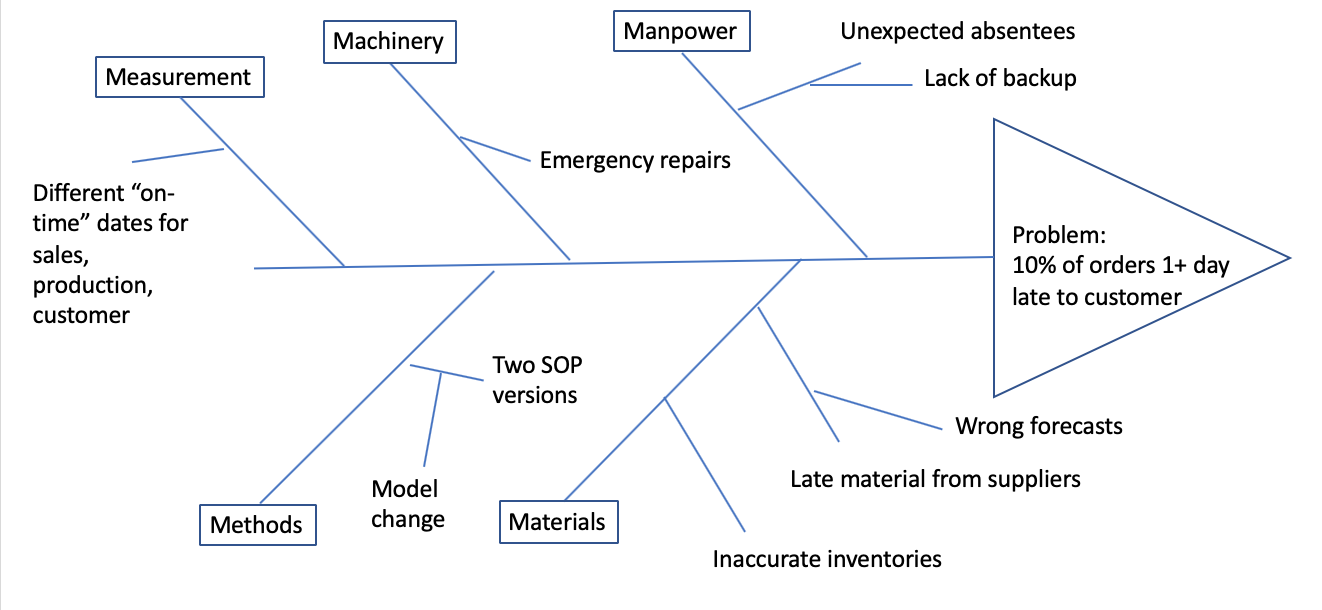




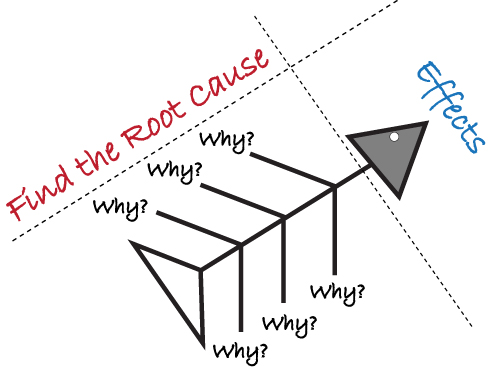

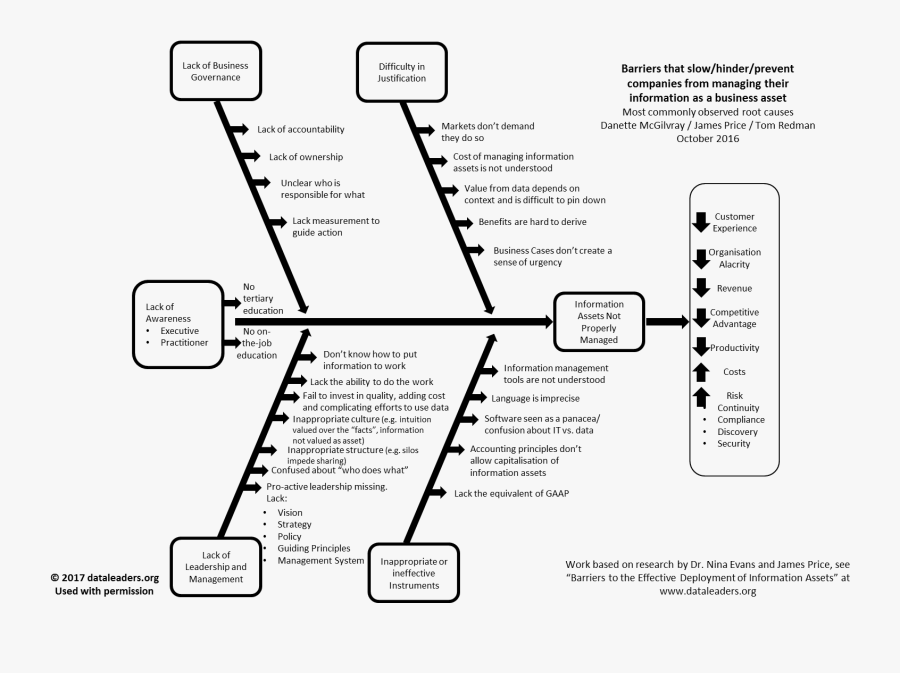










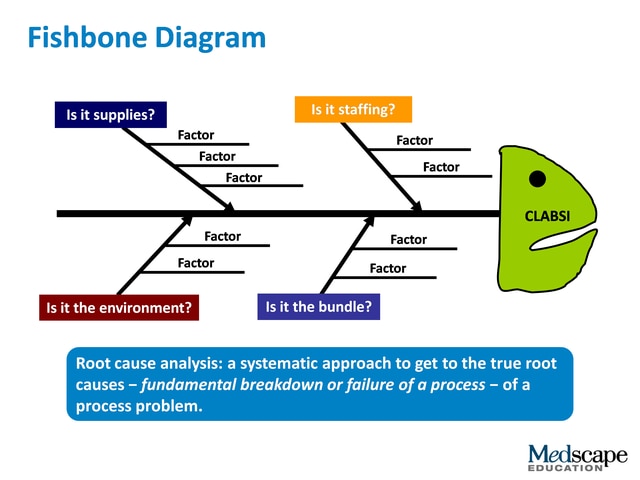













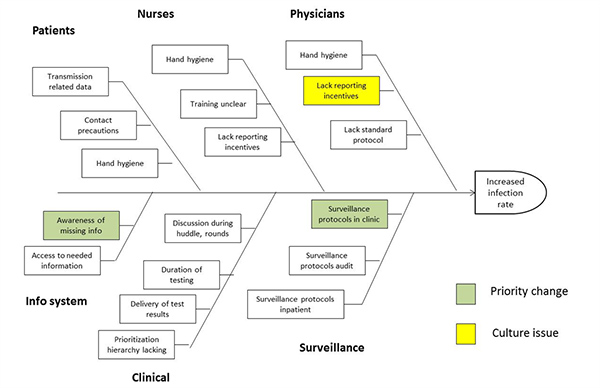
Comments
Post a Comment